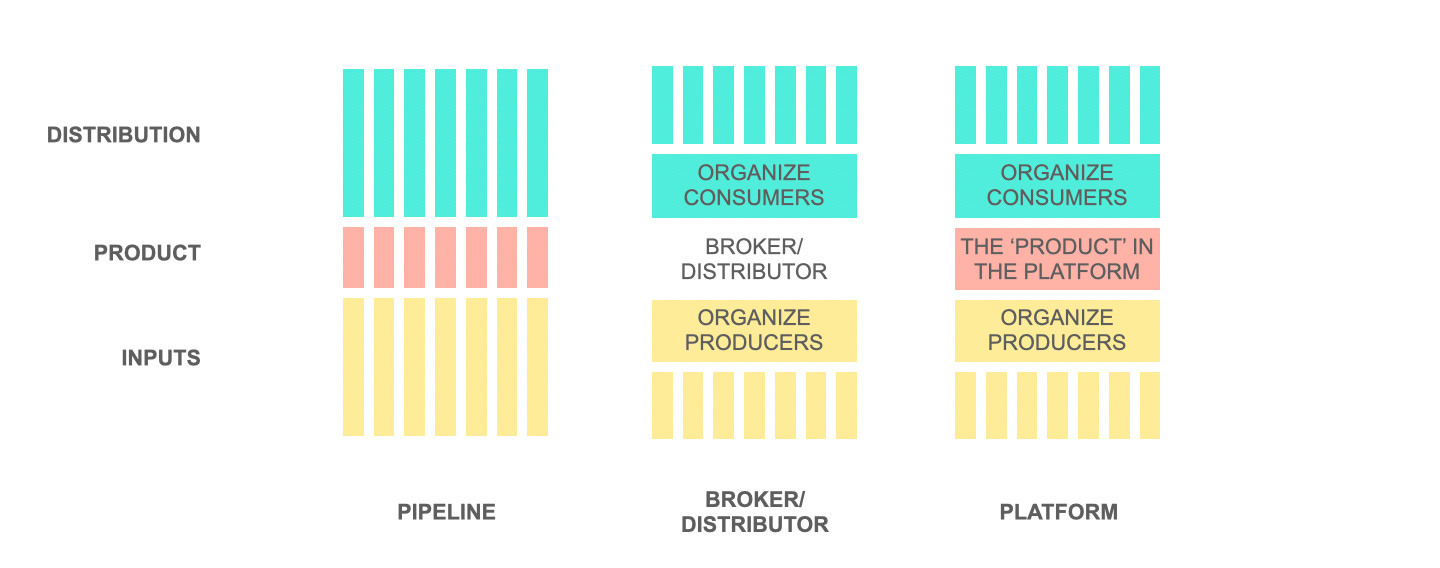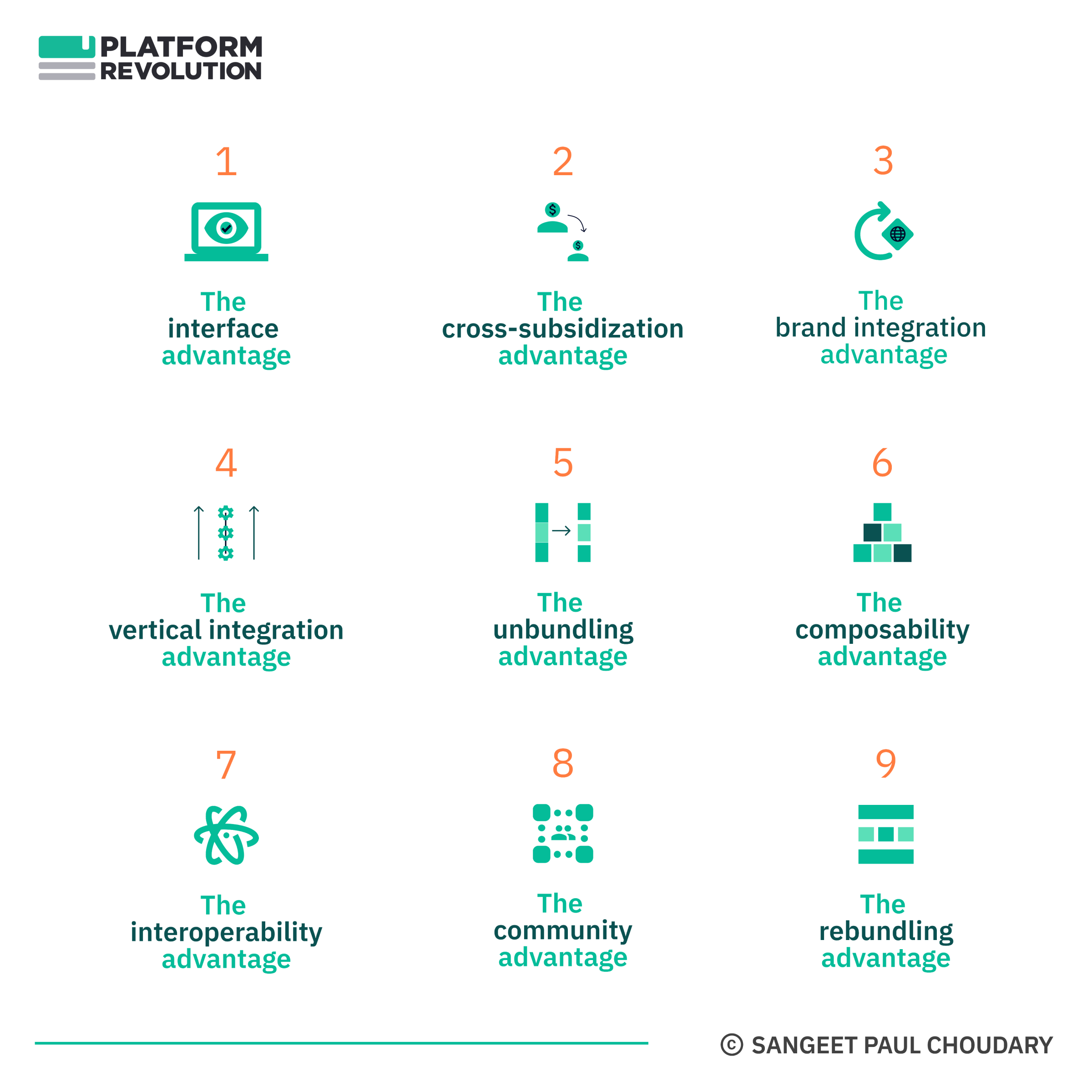Strategy
Startup Suicide: How successful startups kill themselves by competing on features
The Perils of Feature Creep Overload – Lessons from Instagram and Hipstamatic
Startups that do their homework well start with understanding the end-user inside out. Often, they build out a great product to address the user’s needs. But somewhere down the line, when a competitor shows up and starts stealing users, they fall into the trap of trying to be what the competitor is and copy those features. The general mindset of “do stuff, break things” instils the belief that as long as you’re creating things that seem to be right, you’re making progress.
The reality is that users don’t use a product or shift to products purely on the basis of features. They might do that for aspirational products which are supposed to project a user identity but most internet products are less about aspiration and more about utility/entertainment. With utility/entertainment-focused products, users are more interested in getting a job done well using the product.
Clayton Christensen, an HBS professor who has extensively researched the reasons behind successful and failed product launches, explains that users do not try or buy products based on features and functional elements, they actually ‘hire’ a product to get something done. e.g. users ‘hire’ YouTube to broadcast themselves (as video creators) or get entertained (as video consumers). Users ‘hire’ Dropbox to store their files online and collaborate with other users.
These may sound obvious until you realize the obvious mistakes that established startups make while competing with newcomers. Here’s how the competition usually pans out:
1. Startup A is the market leader, but Startup B comes up, and users start moving to Startup B.
2. In a desperate bid to keep users from moving to B, A tries to copy the “incremental” features from B, thus losing focus on its own value proposition.
3. A screws up!
As these four examples illustrate, the startup has two options, either compete on features and lose its core focus or reinvent itself to be a different player that co-exists. Unfortunately, most fall into the feature competition trap.
Myspace vs. Facebook
Myspace and Facebook have a lot in common. Both are social networks; both help people connect with other people. One might be tempted to say that both are solving the same user pain and are basically being ‘hired’ by users to do the same job. However, here’s the subtle difference that played an important role in Myspace losing out to Facebook.
Users ‘hired’ Myspace because it helped them meet new people on the internet, especially in the initial days. Users ‘hired’ Facebook to stay in touch with people they already knew. Facebook’s initial future of campus exclusivity helped breed this further. With this lens, the two platforms were actually very different and focused on very different growth tactics and privacy measures. Zuckerberg himself stated that once Myspace started competing with Facebook, it lost focus on its core proposition and started competing on features and functionalities, most of which no longer helped users to get the same job done (meeting new people) that it did earlier. There are many things that Myspace got wrong, but its obsession with competing based on features was a primary driver for most of those wrong decisions that followed.
Flickr vs. Facebook Photos
Flickr was a truly disruptive service when it launched but today, Facebook hosts the largest number of photos online. Users ‘hired’ Flickr to host high-quality photos online and distribute it on their blogs, on email, etc. In fact, the ‘hosting’ was so central to Flickr’s value proposition that Flickr even charged for enhanced hosting space and features. In contrast, when Facebook Photos launched, users ‘hired’ it to share photos with their friends and generate conversations around it. The focus shifted from quality of photos to quality of conversations. Flickr continues to appeal to a smaller segment of more serious photographers, but the bulk of the smartphone-toting users have their work on Facebook. While both may seem to be photo hosting and sharing services, the jobs that they do for users are vastly different. Flickr tried copying features from FB photos like ‘tagging’ friends on the pictures, but that never took off in a comparable way. Yet another case of companies losing focus of their core value proposition and trying to compete based on features.

Startup suicide: how successful startups kill themselves by competing on features
Feel Free to Share
Download
Download Our Insights Pack!
- Get more insights into how companies apply platform strategies
- Get early access to implementation criteria
- Get the latest on macro trends and practical frameworks
Instagram vs. Hipstamatic
Hipstamatic and Instagram are deceptively similar again. Both allow you to take photos and put on cool filters. But here’s the difference. Users ‘hired’ Hipstamatic to make interesting photos easily. As a result, Hipstamatic based its revenue model around allowing users to use these filters by charging for the app and premium filters. On the other hand, users ‘hired’ Instagram to share such photos with their friends and engage them in conversations. The features were similar (take photos, apply filters) but the value to users was completely different as in the case with Flickr and FB Photos. However, the core value provided by Instagram was not the filters; it was the network and community for sharing pictures. In fact, one of the most popular hashtags on Instagram was #hipstamatic, indicating that while the pictures were taken using Hipstamatic, they were being shared on Instagram. Hipstamatic started earlier but ended up in a game where it would repeatedly launch features to do what users used Instagram to do and despite being the first-mover, ended up looking like a me-too.
The flip-side: YouTube vs. Vimeo
A great counter-example of a product that didn’t try to copy and paste features from competition and continued to carve its own unique value proposition is Vimeo. In it’s initial days, YouTube’s hosting and bandwidth infrastructure coupled with its flash-based in-browser embeddable player formed a compelling value proposition for content creators. As YouTube gained traction among content creators, the focus of the platform moved from improving video hosting infrastructure (as a value proposition to creators) to improving match-making of videos with consumers (focusing on video search, and a video feed). Vimeo decided, instead, to focus its platform on the content creators and provide them with superior video infrastructure (HD player, a better embeddable player for bloggers). This has helped Vimeo steadily gain popularity as a video-hosting infrastructure despite the YouTube’s dominance as a video network.
All these examples clearly show how startups that seem to be building similar services with similar features and functionalities actually provide very different value propositions. Losing sight of the value proposition or not knowing what it was in the first place leads to feature thinking and bloated products. Two products with similar features could be solving different pains and losing sight of that to compete on features will only weaken the product’s ability to continue offering the value that it originally did.
Any other examples? Any counter examples?
TWEETABLE TAKEAWAYS
Startup suicide: how successful startups kill themselves by competing on features Share this
How startups implode despite seemingly doing the right things Share this
Feature creep leads to failure when startups compete on ecosystems Share this
Image Credits: Flickr/Creative Commons
State of the Platform Revolution
The State of the Platform Revolution report covers the key themes in the platform economy in the aftermath of the Covid-19 pandemic.
This annual report, based on Sangeet’s international best-selling book Platform Revolution, highlights the key themes shaping the future of value creation and power structures in the platform economy.
Themes covered in this report have been presented at multiple Fortune 500 board meetings, C-level conclaves, international summits, and policy roundtables.
Subscribe to Our Newsletter













